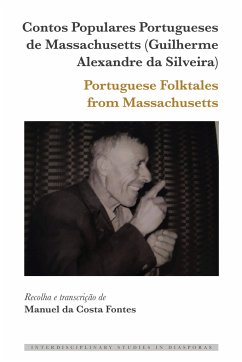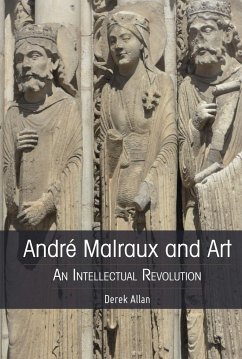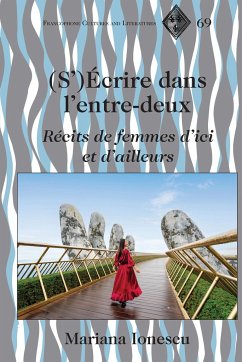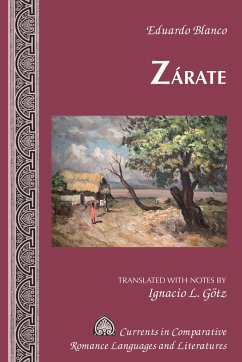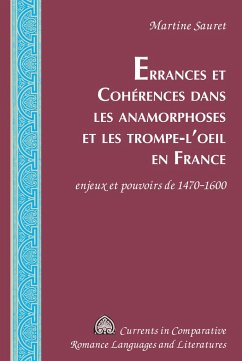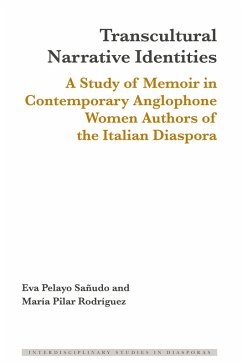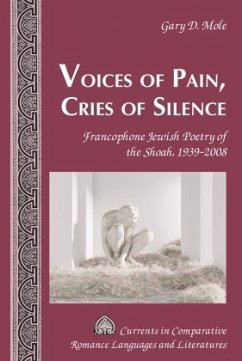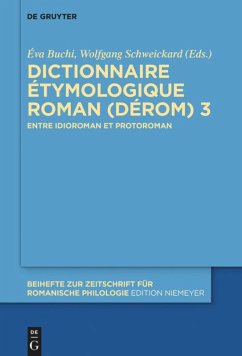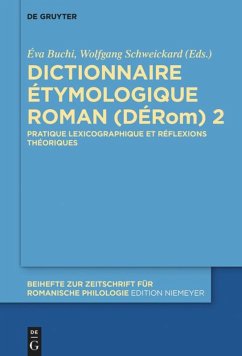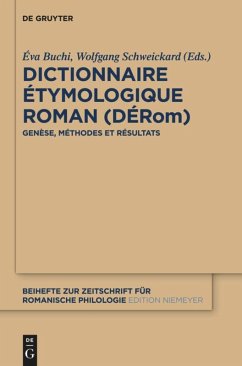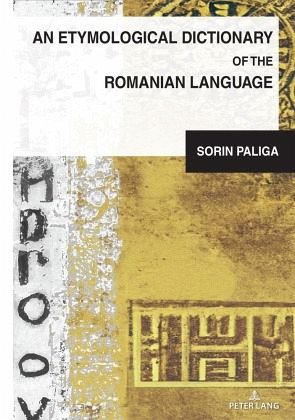
An Etymological Dictionary of the Romanian Language
Versandkostenfrei!
Versandfertig in 6-10 Tagen
98,95 €
inkl. MwSt.
Weitere Ausgaben:

PAYBACK Punkte
0 °P sammeln!
The book is a first attempt to analyze the complex problems of Romanian etymology in English. Romanian is a Romance language, but it also inherits an old Pre-Romance layer represented by both Indo-European and Pre-Indo-European elements such as Greek and Albanian. The book is divided into three parts. Part 1 is an extensive introduction which summarises the archaeological, historical, and linguistic problems of southeast Europe, with a focus on Romanian and its neighboring languages (the Slavic languages and Hungarian). It reviews various hypotheses regarding the region's prehistoric cultures ...
The book is a first attempt to analyze the complex problems of Romanian etymology in English. Romanian is a Romance language, but it also inherits an old Pre-Romance layer represented by both Indo-European and Pre-Indo-European elements such as Greek and Albanian. The book is divided into three parts. Part 1 is an extensive introduction which summarises the archaeological, historical, and linguistic problems of southeast Europe, with a focus on Romanian and its neighboring languages (the Slavic languages and Hungarian). It reviews various hypotheses regarding the region's prehistoric cultures and how they developed across millennia; it continues with the Thracian cultural groups, which represent the substratum of Romanian, and how these groups underwent a long and complex process of Romanization; and finally, it analyzes the migration period and the new cultural groups that emerged during this long period.
Part 2, the dictionary, includes more than 5,000 entries reflecting the representative vocabulary, but also rare and dialectal words, and words referring to flora and fauna. It covers the old Latin heritage, the substratum heritage, and Slavic, Hungarian and Ottoman influences, as well as some relevant neo-Romance elements ("the New Romanization of Romanian", a mainly nineteenth-century process.). Part 3 includes a glossary, as well as lists of the relevant prehistoric roots quoted in the dictionary.
Part 2, the dictionary, includes more than 5,000 entries reflecting the representative vocabulary, but also rare and dialectal words, and words referring to flora and fauna. It covers the old Latin heritage, the substratum heritage, and Slavic, Hungarian and Ottoman influences, as well as some relevant neo-Romance elements ("the New Romanization of Romanian", a mainly nineteenth-century process.). Part 3 includes a glossary, as well as lists of the relevant prehistoric roots quoted in the dictionary.




